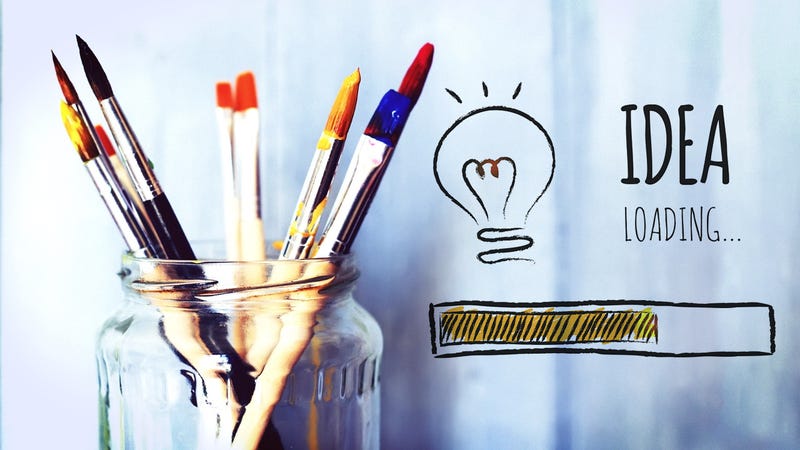Creative
Thinking is a way of looking at problems from a new perspective, suggesting
unconventional solutions (which may look unsettling at first). Unlike Critical
Thinking – which is more judgmental in nature, and is practiced during analysis
when a critical decision has to be taken in a short span of time, creative
thinking is more relaxed as it is practiced by brainstorming or mind-mapping
various ideas from multiple people, to reach an experiential yet feasible
solution.
Creative thinking can be demonstrated by:
·
Inventing
something which has never existed before
·
Inventing
something which exists elsewhere but you weren’t aware of
·
Inventing
a new process of doing something
·
Reapplying
an existing process or product into a new or different market
·
Developing
a new way of looking at something (bringing a new idea into existence)
·
Changing
the way someone else looks at something
 Creative thinking techniques help in
stimulating original ideas. New ideas occur when two or more ideas are
accidentally or deliberately merged, provided they have never been merged
before and in ways which you would not normally come across or think about. Two
of the most widely used Creative Thinking techniques are – Brainstorming and
Mind Mapping.
Creative thinking techniques help in
stimulating original ideas. New ideas occur when two or more ideas are
accidentally or deliberately merged, provided they have never been merged
before and in ways which you would not normally come across or think about. Two
of the most widely used Creative Thinking techniques are – Brainstorming and
Mind Mapping.
Brainstorming
Brainstorming is a combination of a calm,
informal approach to problem solving, and lateral thinking. It encourages
people to generate thoughts and ideas that can, at first, seem a bit irrational.
Some of these ideas can be shaped into original, creative solutions, while
others can trigger even more ideas. This helps to get people freed by
"jolting" them out of their normal ways of thinking.
Therefore, during brainstorming sessions,
people should avoid critiquing or gratifying ideas. One must try to open up
possibilities and break down incorrect assumptions about the problem's limits.
Judgment and analysis at this stage can exploit idea generation and limit
creativity.
Ideas should be evaluated at the end of
the session – this is the time to explore solutions further, using conventional
approaches.
Mind Mapping
At times while brainstorming, we may find ourselves caught
up with pages of information, but no clear idea of how they fit together. This
is where Mind Mapping can help you. A Mind Map is a powerful graphic technique
which provides a universal key to unlock the potential of the brain. It
harnesses the full range of cortical skills (using the cerebral of the brain) –
word, image, number, logic, rhythm, color and spatial awareness – in a single,
uniquely powerful manner. The idea is to write the topic of the problem or the
subject in the centre, and subsequently adding the supporting ideas further.
Hence, it gives you the freedom to roam the infinite expanses of your brain.
The Mind Map can be applied to every aspect of life where improved learning and
clearer thinking will enhance human performance.
- Mr. Sumit Chakravarty
Faculty, INLEAD

No comments:
Post a Comment